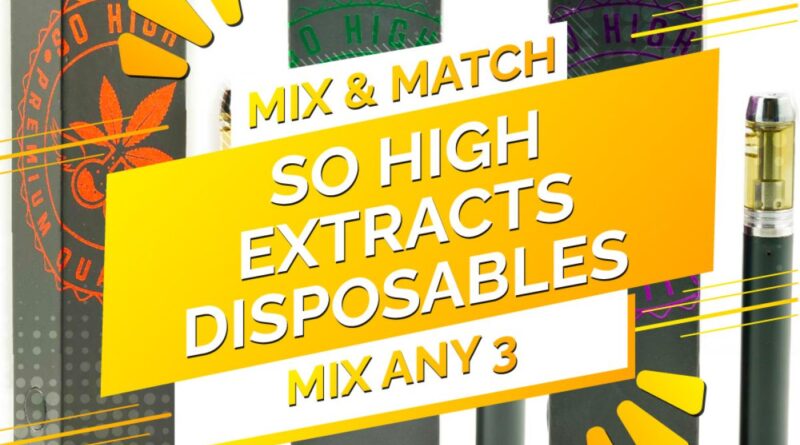Unveiling the Truth Behind Vaping: Debunking Myths and Exploring Realities
In recent years, vaping has emerged as a popular alternative packman disposable to traditional smoking, captivating millions worldwide with its promise of a less harmful and potentially enjoyable way to consume nicotine. However, amidst its rise in popularity, vaping has also attracted significant controversy and misconceptions. In this article, we delve into the realm of vaping, separating fact from fiction to provide a comprehensive understanding of this phenomenon.
Understanding Vaping:
Vaping, short for vaporizing, involves the inhalation of vapor produced by an electronic device known as an e-cigarette or vape pen. Unlike traditional cigarettes that burn tobacco to release smoke, vapes heat a liquid solution, often containing nicotine, flavorings, and other chemicals, to create an aerosol that users inhale.
Debunking Myths:
- Vaping is Safe: One of the most pervasive myths surrounding vaping is the notion that it is entirely safe. While vaping is generally considered less harmful than smoking traditional cigarettes due to the absence of tobacco combustion, it is not without risks. E-cigarette aerosols can contain harmful substances such as nicotine, volatile organic compounds, and heavy metals, which can have adverse effects on health, particularly on the respiratory and cardiovascular systems.
- Vaping Helps Quit Smoking: While some individuals have successfully used vaping as a tool to quit smoking, the evidence supporting its efficacy as a smoking cessation aid is mixed. While vaping may reduce exposure to certain toxins found in cigarette smoke, it still delivers nicotine, maintaining addiction. Additionally, there is concern that vaping may act as a gateway to smoking among non-smokers, particularly adolescents.
- Vaping is Odorless: Contrary to popular belief, vaping is not entirely odorless. While the aroma produced by vaping may be less pungent and lingering compared to cigarette smoke, it still emits a noticeable scent, particularly when flavored e-liquids are used.
Exploring Realities:
- Reduced Harm Potential: Despite the risks associated with vaping, research suggests that it may pose fewer health risks than smoking traditional cigarettes. According to Public Health England, vaping is estimated to be around 95% less harmful than smoking. However, this does not mean it is entirely risk-free, and long-term studies are needed to fully understand the health implications of vaping.
- Regulatory Challenges: The rapid proliferation of vaping has outpaced regulatory efforts, leading to concerns about the safety and marketing practices of the industry. Governments around the world are grappling with how to regulate vaping products effectively, balancing harm reduction with youth prevention and public health concerns.
- Need for Further Research: Despite the growing popularity of vaping, there are still many unanswered questions regarding its long-term health effects, efficacy as a smoking cessation tool, and impact on public health. Continued research is essential to inform policy decisions and public health initiatives surrounding vaping.
In conclusion, vaping remains a complex and controversial packman disposable topic, characterized by a blend of misconceptions and realities. While it may offer a less harmful alternative to smoking for some individuals, it is not without risks, particularly concerning its impact on youth initiation and long-term health effects. As vaping continues to evolve, it is imperative to approach it with a critical and evidence-based perspective, recognizing both its potential benefits and challenges.

